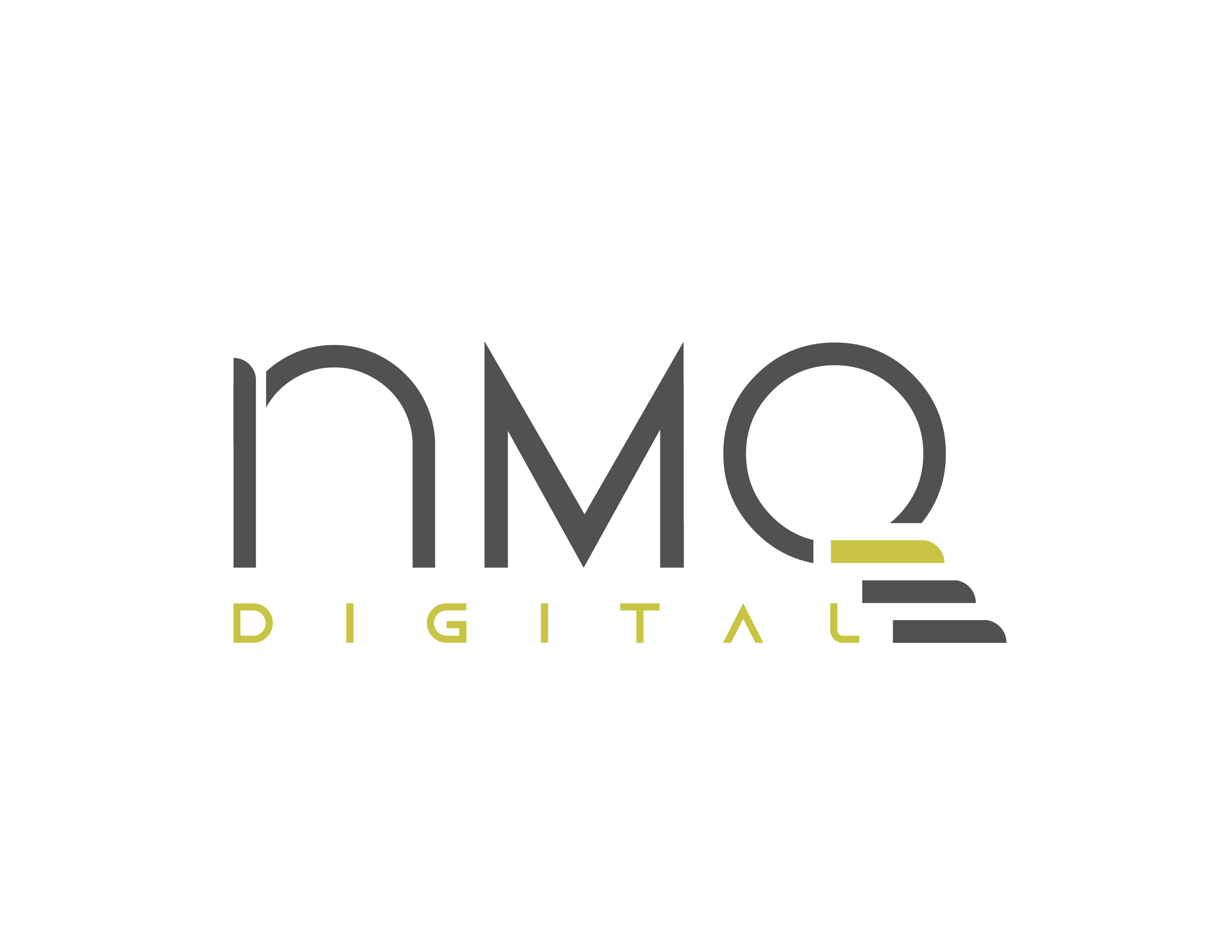Social media crises are more of an inevitability than a mere possibility. Defined as any situation where negative publicity spreads rapidly across social platforms, these crises can have significant impacts on both businesses and individuals. From viral controversies to customer complaints that quickly capture public attention, the effects can be immediate and severe.
For businesses, the fallout from a social media crisis can be particularly harsh, including loss of trust, a tarnished reputation, and potential financial setbacks. Individuals might face intense public scrutiny, harm to their personal brand, and even legal challenges.
For that reason, preparation for the crisis is key. In this article, we'll explore;
- Understanding the Social Media Crisis
- Crisis Management Theories
- Step-by-Step Guide to Prepare a Social Media Crisis Management Plan
- Must-Read Resources for Brand Crisis Management
1. Understanding the Social Media Crisis
Social media crises are not just inconvenient; they can be truly catastrophic But what exactly constitutes a social media crisis?
At its core, a social media crisis is any situation where negative publicity spreads rapidly across social media platforms, often reaching a wide audience within moments. This can result from a variety of triggers, including customer complaints, viral controversies, or PR missteps.
If we look at the past social media crises, they provide stark examples of their significance and impact. Take, for instance, the United Airlines incident in which a passenger was forcibly removed from a flight. Within hours, videos of the altercation went viral, sparking widespread outrage and severely damaging the airline's reputation.

One of the defining characteristics of social media crises is the rapid spread of information and the amplification effect of social media platforms.
With billions of users worldwide, platforms like Twitter, Facebook, and Instagram have the power to magnify even the smallest issues into full-blown crises within minutes. This rapid spread of information can make it challenging for businesses and individuals to contain the fallout and regain control of the narrative.
2. Crisis Management Theories
Whether it's a product malfunction, a data breach, or a public relations nightmare, organizations need a plan to weather the storm. Crisis management theories provide frameworks to understand, respond to, and recover from these disruptive events.
Let's understand some of the most influential ones:
- Contingency Theory: This theory emphasizes preparedness. By anticipating potential crises and developing response plans beforehand, organizations can react swiftly and effectively when a crisis hits.
Contingency plans outline communication strategies, resource allocation, and decision-making protocols. - Systems Theory and Structural Functionalism: This theory views organizations as interconnected systems. During a crisis, clear and transparent communication is crucial to maintain internal stability.
The theory emphasizes the importance of a unified response that considers the needs of all stakeholders, from employees to customers. - Stakeholder Theory: This theory recognizes that a crisis can impact a wide range of stakeholders, each with their own interests and concerns.
Effective crisis management requires addressing the needs of each stakeholder group. This might involve targeted communication, apologies when necessary, and measures to rebuild trust. - Attribution Theory: This theory focuses on how people assign blame for events. In a crisis, clear and timely communication can shape how the public interprets the situation.
Attribution theory helps craft messages that acknowledge responsibility and demonstrate a commitment to resolving the issue. - Crisis Leadership Theory: Effective leadership is paramount during a crisis. This theory highlights the importance of decisive action, clear communication, and empathy.
A strong leader can inspire confidence, guide the organization through the crisis, and promote recovery. - Diffusion of Innovation Theory: This theory explores how ideas and practices spread within a social system. In a crisis, effective communication can help mitigate the spread of misinformation and promote positive stories about the organization's response.
These theories provide valuable tools for navigating the complexities of a crisis. By understanding how people make sense of events, how organizations function under pressure, and the importance of communication, organizations can increase their chances of emerging from a crisis stronger than before.
Let us give some examples of how to apply these theories in reality:
A) Planning for the Downpour: Proactive Measures
- Contingency Theory in Action: Don't wait for the crisis to hit. Leverage contingency theory by pre-determining potential social media crises and crafting response plans.
This includes identifying potential issues, assigning roles within a crisis communication team, and outlining communication protocols for different scenarios. - Transparency Through Systems Theory: Social media thrives on authenticity. Systems theory emphasizes clear and consistent communication across all levels of the organization.
This means empowering social media managers to address concerns promptly and having internal communication channels to keep employees informed, fostering a unified response. - Knowing Your Audience Through Stakeholder Theory: A crisis can impact a wide range of stakeholders. Stakeholder theory reminds us to tailor communication to each group.
Consider angry customers who might need apologies and explanations, while worried investors might require updates on how the situation is being addressed.
B) Riding the Wave: Reactive Measures
- Taking Responsibility Through Attribution Theory: Attribution theory highlights how the public assigns blame. During a crisis, be transparent and acknowledge responsibility where appropriate. This fosters trust and demonstrates a commitment to resolving the issue.
- Crisis Leadership Theory in 120 Characters: Social media demands concise and impactful communication. Crisis leadership theory translates to clear, decisive statements from a designated spokesperson. Empathy and a commitment to finding solutions are key to calming the online storm.
- Seeding Trust with Diffusion of Innovation Theory: The diffusion of innovation theory reminds us that information travels fast online. Actively counter misinformation by sharing factual updates and positive stories about the organization's response efforts. Encourage brand advocates to share their positive experiences.
3. Step-by-Step Guide to Prepare a Social Media Crisis Management Plan
Social media, a blessing and a curse for brands, can amplify positive messages or turn a minor hiccup into a full-blown PR nightmare. But by leveraging crisis management theories and implementing a structured plan, you can be more well-prepared.
Here's a step-by-step guide, informed by key crisis management theories, to building your social media crisis fortress:
Step 1: Assemble the A-Team (Stakeholder Theory & Systems Theory)
Who are you gonna call? Drawing from stakeholder theory, assemble a cross-functional crisis communication team. Include representatives from social media, PR, customer service, and legal.
This ensures a holistic approach that considers all stakeholder needs. Systems theory reminds us of the importance of internal communication. Designate a team leader and establish clear communication channels within the team to foster a unified response.
Step 2: Knowledge is Power (Contingency Theory)
Predict the unpredictable. Contingency theory emphasizes preparedness. Brainstorm potential social media crises your brand might face.
Think of product issues, data breaches, customer complaints, or negative influencer reviews. For each scenario, outline potential communication strategies and assign communication roles within the team.
Step 3: Craft Your Messages (Attribution Theory & Crisis Leadership Theory)
Words matter. Develop pre-approved templates for various crisis situations. These templates should be clear, and concise, and acknowledge responsibility where appropriate.
Attribution theory reminds us that the public assigns blame. Taking ownership builds trust.
Crisis leadership theory emphasizes clear communication. Ensure your messages have a strong, designated spokesperson who embodies empathy and a commitment to finding solutions.
Step 4: Monitor, Monitor, Monitor (Diffusion of Innovation Theory)
Social media never sleeps. Constantly monitor brand mentions using social listening tools. This allows for early detection of potential crises and helps you track the spread of information.
The diffusion of innovation theory reminds us that information travels fast online. By actively monitoring conversations, you can address concerns quickly and curb the spread of misinformation.
Step 5: Apply Reactive Measures When the Storm Hits
Pause, assess, respond. Don't rush into the fire.
Hit the pause button on scheduled social media posts. Gather your crisis communication team and assess the situation. Then, craft a clear and concise response based on your pre-approved templates.
Transparency is key. Be upfront and honest with your audience. Acknowledge the issue, explain what steps are being taken to address it, and offer a timeline for resolution.
Lastly, engage authentically. Respond to comments and messages promptly and professionally. Emphasize customer service and show you care about their concerns.
Step 6: Learn and Adapt (All Theories)
Debrief and improve.
Once the crisis subsides, conduct a post-mortem analysis with your team. Review what worked well and identify areas for improvement.
All the crisis management theories we discussed can be revisited and refined based on your real-world experience.
4. Must-Read Resources for Brand Crisis Management
Learning from the experiences of others, both successes and failures is invaluable.
The following books offer insights from renowned crisis management experts and delve into real-world case studies.
By absorbing their knowledge and building upon the groundwork laid by these thought leaders, you can equip yourself to navigate any storm that threatens your brand's reputation.
Here's a curated selection of top resources on brand crisis management:
A) Books
- Crisis Ready; Building an Invincible Brand in an Uncertain World by Melissa Agnes.
This accessible guide offers practical steps for crisis preparedness, communication strategies, and rebuilding trust.

- This Time It's Different; How Managers Can Use a More Sophisticated View of Reality to Create a Winning Long-term Strategy by Ian I. Mitroff and Denis P. Laurie.
The Mitroff Crisis Model, detailed in this book, emphasizes the importance of considering multiple perspectives and potential outcomes during crisis planning. - Crisis Management: Planning for the Inevitable by Steven Fink. A classic in the field, Fink's book provides a comprehensive framework for crisis communication, planning, and recovery.
- Dealing with Disasters; Public Relations Strategies and Tactics for Business Crises by Judy R. VanSlyke Turk.
This book delves into specific communication strategies for various crisis scenarios, equipping readers with practical tools for different situations.
B) Articles
- PR Week; The Dos and Don'ts of Crisis Communication on Social Media: This article offers valuable insights into crafting effective social media communication during a crisis.
- Harvard Business Review; Leading Through Crisis: This HBR article explores the importance of strong leadership during a crisis and provides guidance on effective crisis leadership strategies.
- Forbes; How to Use the John Burnett Crisis Communication Model: This Forbes piece unpacks the John Burnett Crisis Communication Model, which emphasizes the importance of empathy, transparency, and accountability during a crisis.
Remember, staying informed and prepared is key to navigating brand crises effectively. This list is just a starting point – delve deeper into these resources and explore others to build your crisis management knowledge arsenal.
5. Conclusion
In summary, navigating social media crises demands more than just damage control—it requires proactive preparation and strategic execution. By understanding the nature of social media crises and incorporating advanced crisis management theories into your planning, you can protect and even enhance your brand's reputation in the face of adversity.
From the critical early steps of monitoring and preparation to the decisive actions during a crisis, every stage is an opportunity to demonstrate leadership, transparency, and responsiveness.
At NMQ Digital, we stand ready to support you with expert strategies and hands-on guidance, ensuring that your brand not only survives but thrives after a crisis. Remember, a well-managed crisis isn't just about recovery; it's about seizing the moment to shine and solidify your standing with all stakeholders.





